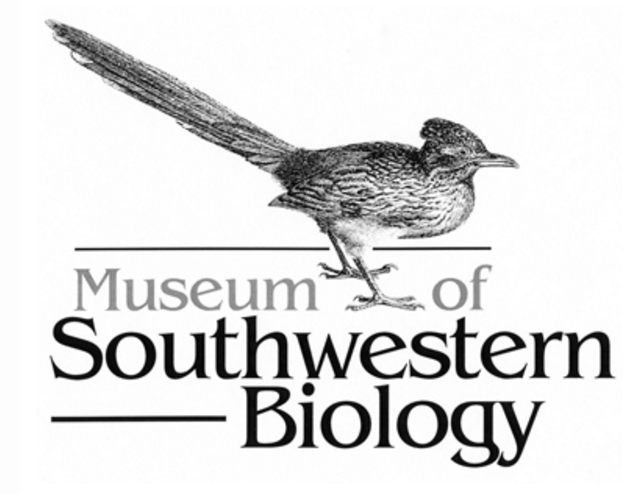Document Type
Article
Publication Date
9-1-1983
Abstract
Representatives of two strongly differentiated geographic units within Thomomys bottae come in contact along the Rio Grande south of Albuquerque, New Mexico. The two forms share an average genic similarity of only 69%, and differ in karyotype by as much as 17 pairs of uniarmed autosomes. This high level of genic and chromosomal differentiation might suggest extremely limited introgression, or perhaps none at all. However, diagnostic alleles at several strongly differentiated loci were detected in contact zone populations of the opposite group, indicating that some gene flow does oc<;ur. Suitable habitat and available land area are limited in the zone of contact, and these factors, in combination with the structure of local breeding populations of pocket gophers, contribute to restriction of gene flow through the contact zone. The measured width of the contact zone corresponds reasonably well with predictions derived from a neutral diffusion cline model under current estimates of gene flow rates and time of secondary contact.
Recommended Citation
Smith, Margaret F.; James L. Patton; John C. Hafner; and David J. Hafner. "Thomomys bottae pocket gophers of the central Rio Grande Valley, New Mexico: local differentiation, gene flow, and historical biogeography." (1983). https://digitalrepository.unm.edu/occasionalpapers/3


Comments
OCCASIONAL PAPERS THE MUSEUM OF SOUTHWESTERN BIOLOGY 2